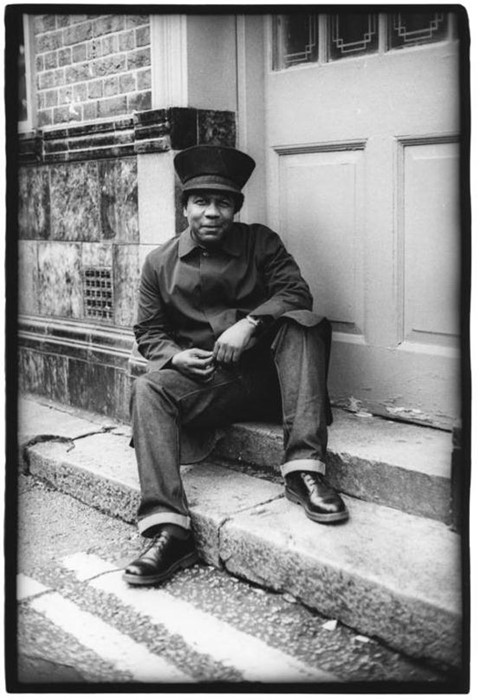This weekend West London explodes into a riotous collage of feathers, sequins, reggae and barbequed chicken as a million people descend to celebrate the 47th Notting Hill Carnival...
This weekend West London explodes into a riotous collage of feathers, sequins, reggae and barbequed chicken as a million people descend to celebrate the 47th Notting Hill Carnival. First founded in 1965, the carnival is a joyous celebration of Caribbean dance, music, food and positivity, with a procession of floats moving round the neighbourhood carrying steel bands and extravagantly adorned performers playing to packed crowds from across the country and the world.
The organisation of such an event is an immense undertaking, and one that Red Stripe – long the unofficial beer of choice for Carnival revellers – wanted to celebrate. For this year's iteration they chose twelve unsung heroes, including a tube station manager, head of police and one of the UK’s biggest DJs, pictured here, whose hard work and passion make the event possible, and asked iconic rock and roll photographer Pennie Smith to shoot them, with the resulting images to be pasted on the protective chipboards that are erected every year along Portobello Road. In contrast to the whirlwind of colour that characterises the Carnival spirit, the images are consistent with Smith’s monochrome style, most famously seen on the legendary cover of London Calling by The Clash in 1979. Here, we speak to the photographer about her career highlights, her signature style and what the carnival means to her.
Which of your shoots has meant the most to you, and why?
To be honest that’s a really difficult question. Everyone expects me to say London Calling, but I really didn’t appreciate the success or worth of that image immediately. I’ve shot more than two thousand bands over the years, some one hit wonders and some real super stars, but I think it’s the people I’ve consistently photographed over the years that mean the most to me. I most enjoy working with people who don’t notice I’m around, which is one of the reasons I liked working with Adrian [Adrian Luckie, of Mama’s Jerk Chicken Station] so much!
What does carnival mean to you?
I’ve chipped the edge of carnival over the years; it’s always been around especially as so many of my friends are based in west London. It’s a fabric of the city which people take for granted if they live in the area. I think the Notting Hill Carnival carries on the good old tradition and function of the Harvest Festival in a way – it marks the end of summer and the beginning of winter. It’s a ground swell of bonding before the city bunkers down for the cold.
"Carnival marks the end of summer and the beginning of winter. It’s a ground swell of bonding before the city bunkers down for the cold."
Would you call yourself a portrait photographer?
No not at all, I don’t do portraits; I very much focus on documentary photography and capturing people in the moment, in their natural habitat or environment. When I work with bands I like to sit either side of the stage, or at the back of the dressing room unobserved. Documentary photography is what interests me and to my knowledge no one else really does that in the way that I do.
What is it about black and white?
I think my interest in black and white lies in the fact that everyone sees in colour, and black and white seems to make a full stop statement as a result. I also trained in black and white, and when I started my career all the papers were obviously not in colour. You’ve got to be extremely talented to shoot colour well and make it translate to print, and I don’t have the dedication to it needed to do this well. I like the feel of black and white.
The Makers of Notting Hill Carnival exhibition will also be available to view online, and will be situated on the corner of Portobello Road and Lancaster Road on August 27-27.
Text by Tish Wrigley
